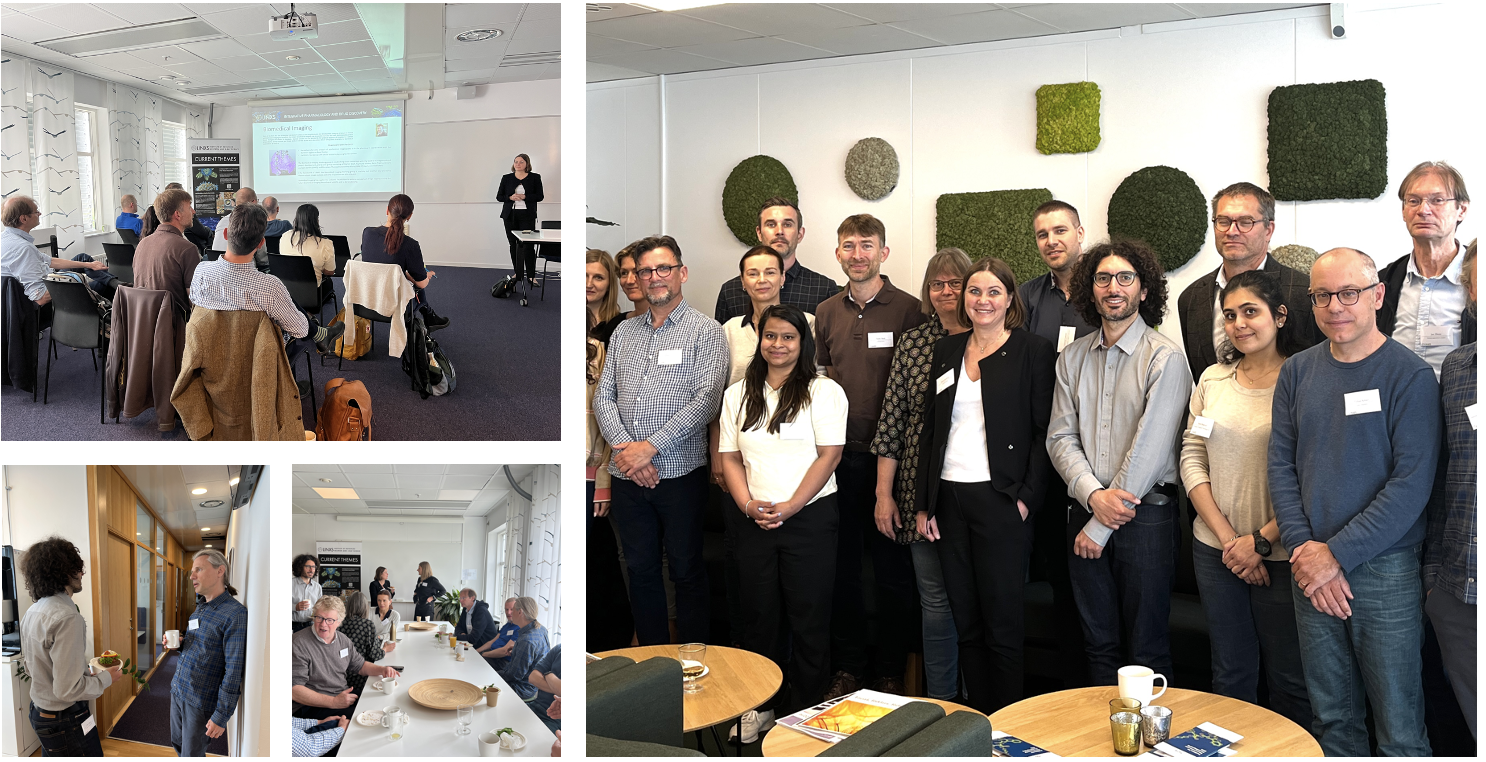– Drug delivery is a major challenge for the development of new medicines today. With our different working groups, and interdisciplinary approach, we can support this aspect of drug design through the discussion of different techniques and approaches within our theme, says Karin Lindkvist, theme leader, and Professor at Medical Structural Biology at the Medical Faculty at Lund University.
She gives the example of the challenge for drugs to cross the brain blood barrier. How can one design a drug that go directly to the brain, for diseases like Alzheimer's for example? Another challenge is the messenger mRNA drugs that are delivered in the body in a lipid shell: how do you work with them if you want the drug to go to a certain position in the intestine or other part of the body? For the covid-19 vaccine this was not a problem since they didn’t need to be targeted. Finally, with monoclonal antibodies, one cannot administer too viscous volumes since it can be too difficult and painful to inject.
Ambition for the meeting to get everyone on the same page
The theme meeting was structured around presentations from each working group, with ample time for discussions in between. Working group leaders had been asked to avoid too detailed presentations, and instead focus on highlighting the broad science.
– In our theme, we are quite different. Although we work towards the same goals, our entry points differ. Our investigations go all the way from very narrow scales, from nanmeters and centimeters to the very large scale. This can make it hard to understand the details of the research. With this approach, we wanted to get everyone on the same page to encourage discussions on how we can progress.
– By avoiding the nitty gritty, we can really learn a lot from each other, and make the most use of coming together like this.
Karin Lindkvist is pleased with the theme’s progress so far. Through its different activities the theme has started to lay the foundations for drug discovery research.
– Our aim this first period was to build a base from which we can tie more researchers to our work. Right now, we are doing basic research, but the ultimate goal is of course that what we do will in the end help patients. That is what is driving me personally anyway.
Next steps for the theme
Looking ahead to the autumn, there are several activities planned highlights Karin Lindkvist. In late September, there is a Symposium and PhD-course on Fragment-based lead discovery, and later on the theme will have another imaging workshop - actually the third one within the theme - all of which have been very well attended and fruitful.
– By the end of the theme, I hope that we have educated Swedish researchers in this important area of science and connected them to the international scattering and imaging community. I also foresee that the IPDD theme will continue to be active is some form, maybe with an annual meeting within the community.
Read more about the IPDD theme






















